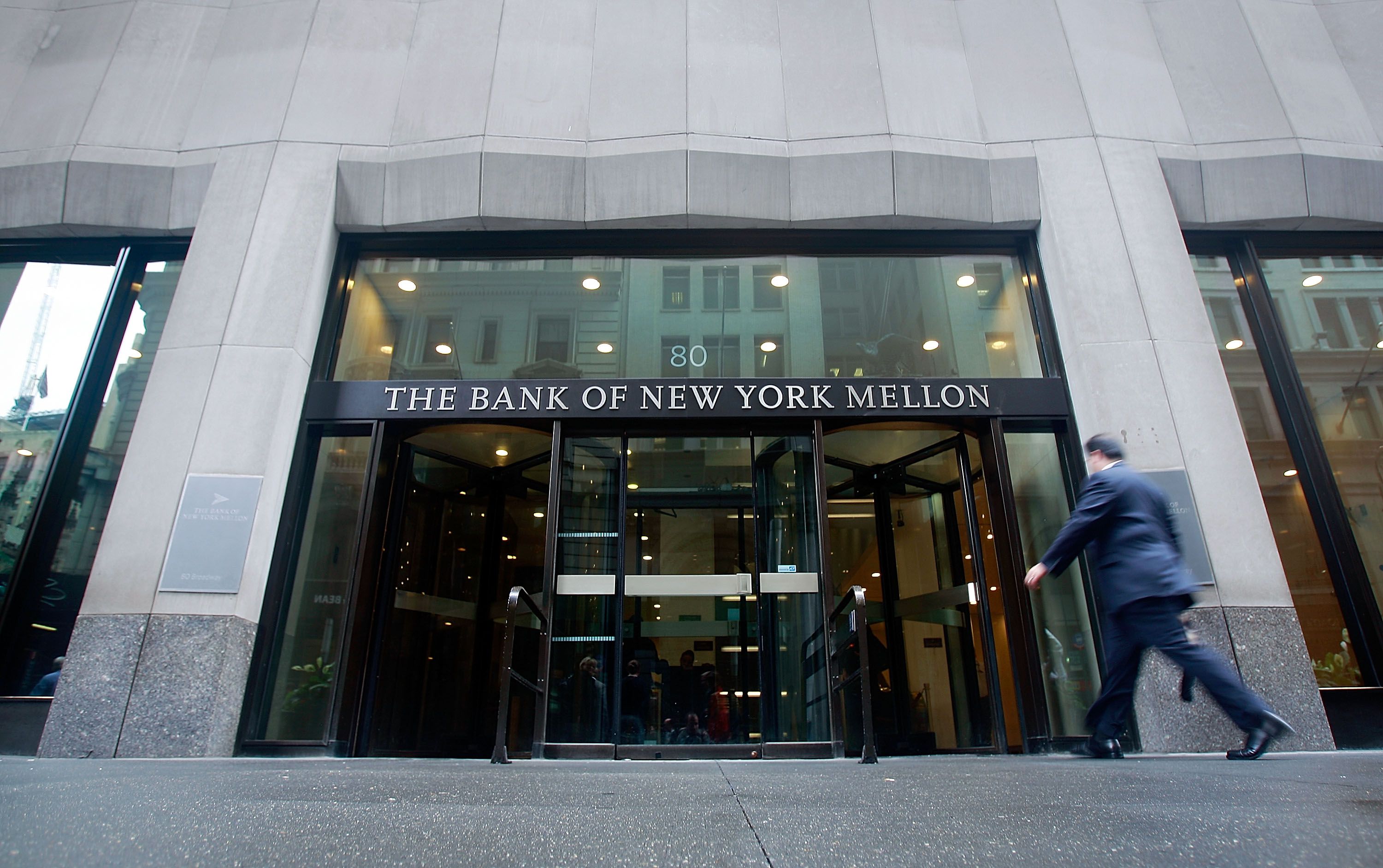The shipping industry in New York City chafed under the lack of a bank, and investors envied the 14% dividends that Bank of North America paid, and months of local discussion culminated in a June 1784 meeting at a coffee house on St. George’s Square which led to the formation of the Bank of New York company; it operated without a charter for seven years.

The initial plan was to capitalize the company with $750,000, a third in cash and the rest in mortgages, but after this was disputed the first offering was to capitalize it with $500,000 in gold or silver. When the bank opened on June 9, 1784, the full $500,000 had not been raised; 723 shares had been sold, held by 192 people.

Through the early 1900s, the Bank of New York continued to expand and prosper. In July 1922, the bank merged with the New York Life Insurance and Trust Company. The bank continued to profit and pay dividends throughout the Great Depression, and its total deposits increased during the decade. In 1948, the Bank again merged, this time with the Fifth Avenue Bank, which was followed by a merger in 1966 with the Empire Trust Company.The bank’s holding company was created in 1969.

In 1988, the Bank of New York merged with Irving Bank Corporation after a year-long hostile take over bid by Bank of New York. Irving had been headquartered at 1 Wall Street and after the merger, this became the headquarters of the Bank of New York.
Today, BNY Mellon is the world’s largest custodian bank and asset servicing company, with $2.0 trillion in assets under management and $38.6 trillion in assets under custody as of the second quarter of 2020.
According to en.wikipedia







